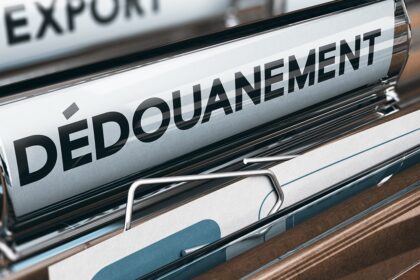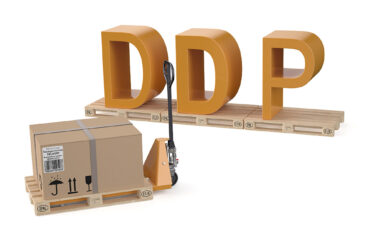
Customs clearance is a procedure that involves declaring goods before their entry into French customs. overview
En quoi consiste le dédouanement ?
Customs clearance means declaring goods, their origin, contents and value, to French customs. All postal parcels entering and leaving the country are governed by this practice. In the case of exported goods, this procedure is carried out by the person responsible for the shipment: the shipper. For imported goods, this is carried out by the Post Office.
Customs clearance: how does it work?
Customs clearance begins with a systematic check by the authorities. These ensure that the declarations made by the sender match the package. Several criteria are checked in this regard:
- Sender’s identity ;
- The identity of the recipient ;
- The monetary value of the product ;
- The nature of the product.
Once these checks have been completed, customs will determine the customs duties required for the shipment. This valuation will be carried out on the basis of the customs value, which is the basis for calculating import or export duties.
Import customs clearance
This is the procedure to be applied when goods enter France. At the Post Office’s expense, this is based on declarations made on the CN23 form and, in the case of a sale, on the invoice. The passage of goods through customs is subject to two taxes:
- VAT;
- Customs duties.
When known, these taxes can be paid upstream by the shipper to simplify customs clearance. In the opposite case, the carrier is responsible for paying customs clearance costs. This fee will be passed on to the consignee once customs clearance has been completed.
Export customs clearance
This customs clearance procedure is applied when goods are taken out of France. This allows you to benefit from a VAT exemption. There are several stages in export customs clearance:
- Obtaining a certificate: attesting to the declarations required for goods to leave theEuropean Union;
- Obtaining an EORI number: a unique number to identify companies involved in exporting;
- Making an export declaration: now simplified by an online service available 24/7.
Waiting for customs clearance: what to do?
In the case of parcel customs clearance, thecustoms clearance hold usually indicates incomplete or invalid information from the sender. There are two possible scenarios:
- The sender announces that the parcel has cleared customs. This is usually the case when ordering items over the Internet. When tracking is activated, the recipient will be able to see that the customs clearance procedure has been interrupted at the customs stage. In this case, all you have to do is contact the sender, and find out why the message is being blocked, which could be a simple oversight of address.
- The addressee can be notified by the post office in the event of higher customs duties. The transfer of the goods is thus blocked until the invoice has been paid.
To benefit from customs clearance right down to the last step, it’s advisable to fill in all the declarations relating to your goods in detail. Whether on the sender’s or the receiver’s side, every detail is important. You should also check that the goods are accepted in the destination country.




